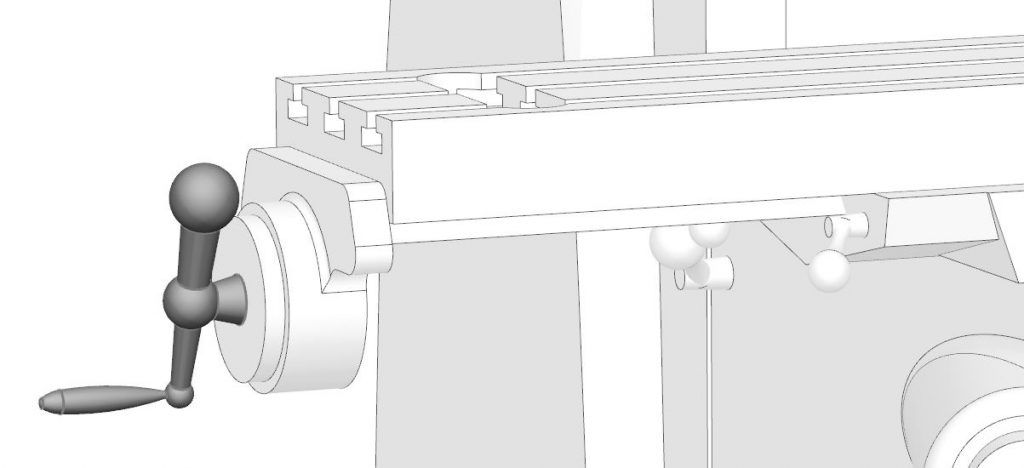Table
The table is the work fixturing element of the milling machine. On a typical manual mill, the table can move in three directions: left and right (X axis), in and out (Y axis) and up and down (Z axis). Vices and chucks are often mounted to the table as a convenient means of workholding.

T-Slots
T-slots are provided on most mill tables for fixturing work and workholding devices. These slots are designed to work with T-nuts and are made to either ANSI or ISO standards. See ANSI B5.1M or ISO 299. T-slots can be made to tolerances suitable for holding only to tighter tolerances intended for locating.

Longitudinal Traverse Cranks
The feed cranks located at the ends of the table permit the operator to feed the table in the longitudinal (X axis) direction. Many milling machines have power feed units to move this axis via motors in addition to the cranks or handwheels.



Recent Comments